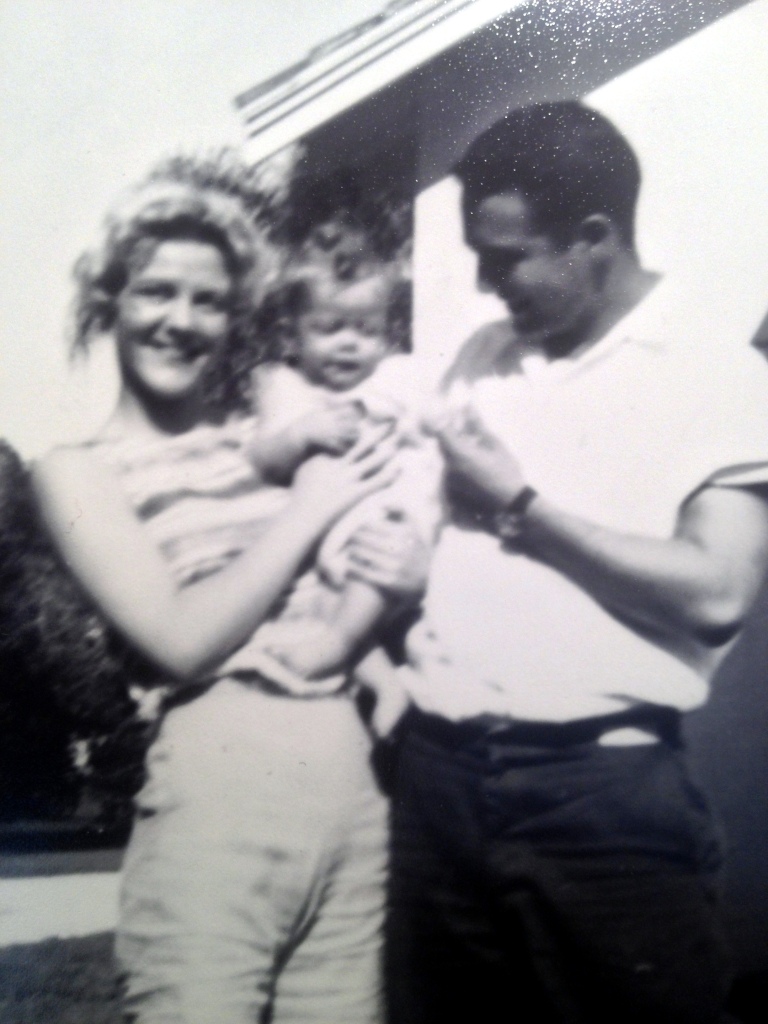Our story begins in Kincardinshire Scotland, a place commonly called “the Mearns.” On July 20, 1817, Thomas Henderson married 21-year-old Helen Ley at the Kinneff Kirk, a beautiful and historic church on the Kincardinshire coast (See the Ley post for more on Helen and her family). Thomas’ parents and date of birth are unknown to me. (His parents are often reported to be Robert and Mary Haig Henderson of Clackmannanshire, Scotland, but I find that dubious, as Clackmannshire is on the other side of Scotland, far from the Mearns and that Thomas’ birthdate matches neither the birthdate in the immigration record or that found in the family Bible of one of Thomas’ children.)
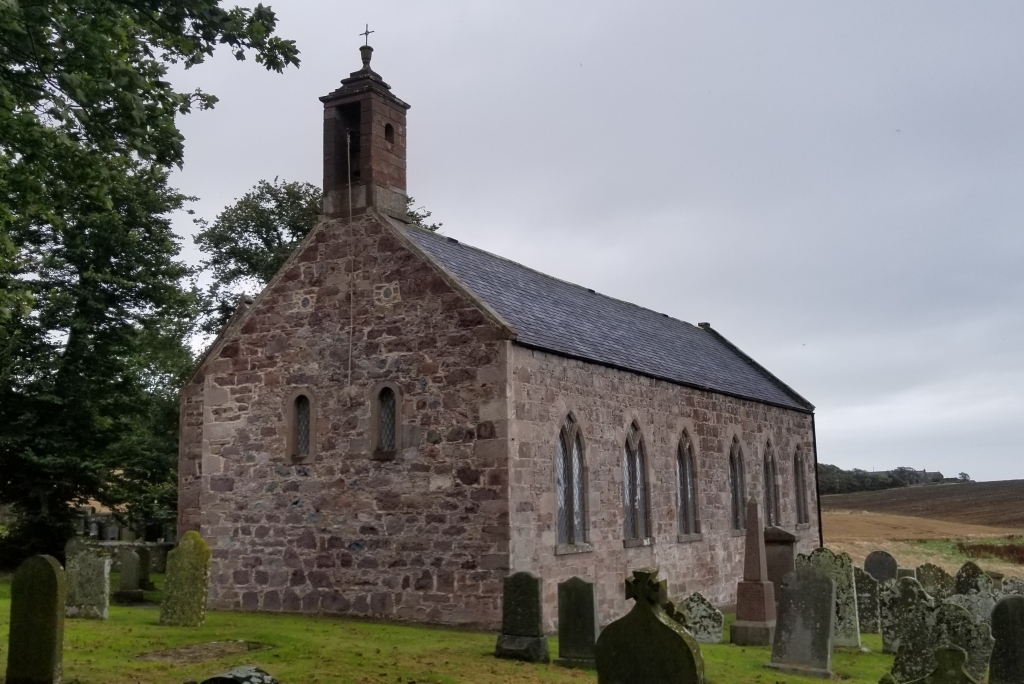
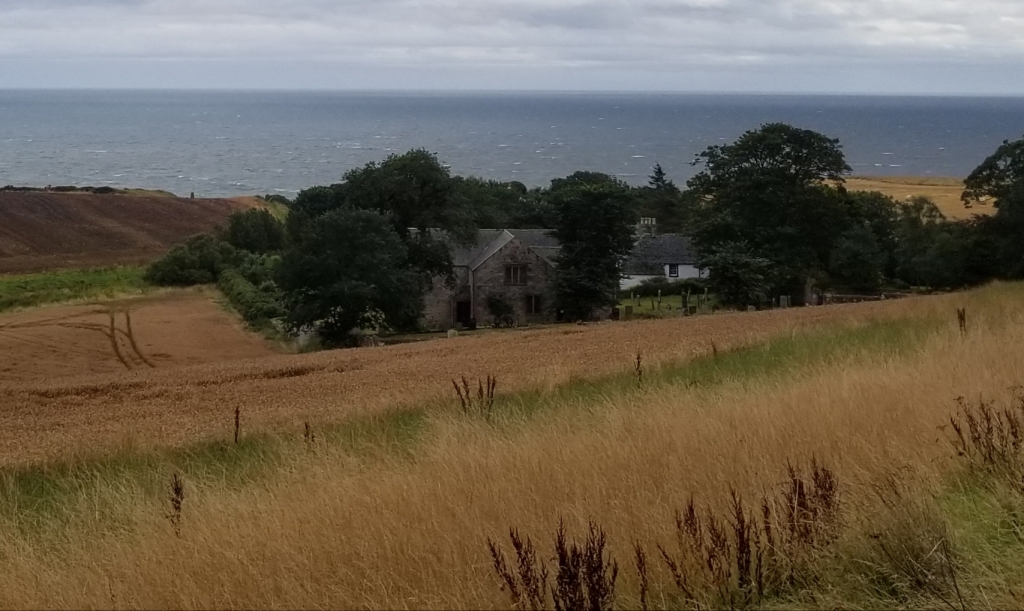
James Alexander Henderson was born to Thomas and Helen on November 24, 1817, a little over four months after his parent’s wedding.
Thomas and Helen emigrated to the United States, along with sons James Alexander and Robert Hector, arriving in New York on March 25, 1820, about the ship Euphrates. Immigration records show that at the time of their arrival Thomas was 30 years, 8 months old (identified also as a farmer), Helen was 25, and their sons were 2 and 6 months, respectively. They traveled to America with a man named James Hector, whose relationship to them is unknown to me, but who is sometimes reported to have been a ward of Thomas and Helen Henderson.
The story now takes a strange turn. After arriving in New York, the Hendersons traveled to Washington County Virginia, in the mountains of western Virginia, where they lived with a wealthy man named Whitley Fullen. Washington County is not a typical destination for folks arriving in New York (by any means), leading me to believe that they must have traveled to the U.S. with the intent of going to live with Mr. Fullen, presumably at his invitation. According to family tradition (and, I’m told, confirmed by DNA), Helen’s last four children were fathered by Fullen. Their names were Malinda T. Henderson, Whitley Fullen Henderson, William Campbell Henderson and Hiram Fullen Henderson. (Note that two of the boys were given “Fullen” as their middle name.) At his death, Fullen left his entire estate (some 13,000 acres of land) to those four children. The story that has been passed down through the family for generations (and is being published here for the first time) is that Thomas Henderson traded his wife Helen to Whitley Fullen for a horse, a saddle, and a jug of whiskey.
Our story continues with the oldest child, James.
James Alexander Henderson, born in Scotland, married Sarah Jane Scott (for more and Sarah and her family, see the Scott post). They lived in Washington County, near Saltville, and had 7 children together. In the 1850 census James is shown as a “laborer.” According to family tradition James was in the Confederate home guard, serving as a guard at the Saltville salt works, and was captured at the Second Battle of Saltville and sent to a prisoner camp in Knoxville, Tennessee. Note that James would have been in his late 40s at the time, and therefore subject to conscription late in the war after the Confederacy raised the conscription age to 50. James died on May 11, 1891, at age 73. He is buried atop a hill behind the original Whitley Fullen homeplace on Route 80, as it turns to go over the Clinch Mountain into Russell County. His stone is unreadable.
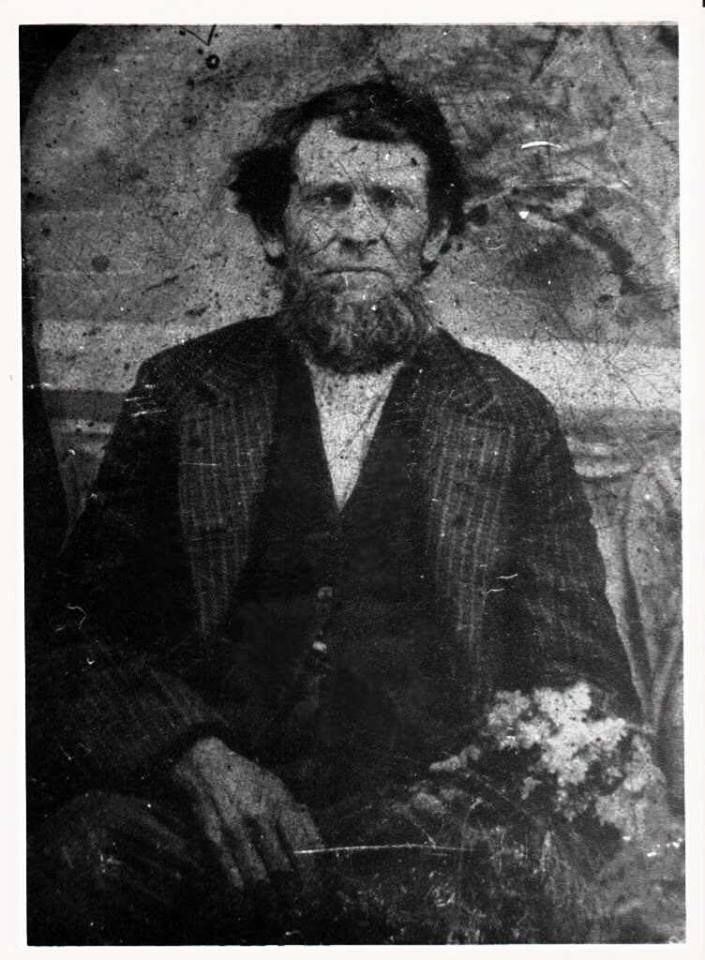
Our story continues with Samuel Dunn Henderson, fourth child and third son of James and Jane.
Samuel, who was called “Bunt” or “Sam Bunt,” was born on October 5, 1862. On January 19, 1884, he married Cordelia Worley (see Worley post for more on Cordelia and her family). They couple lived in Washington County, on the Holston River, not far from Tumbling Creek, and they had 13 children together. Bunt died on September 26, 1933, at age 70, after being kicked by a cow.
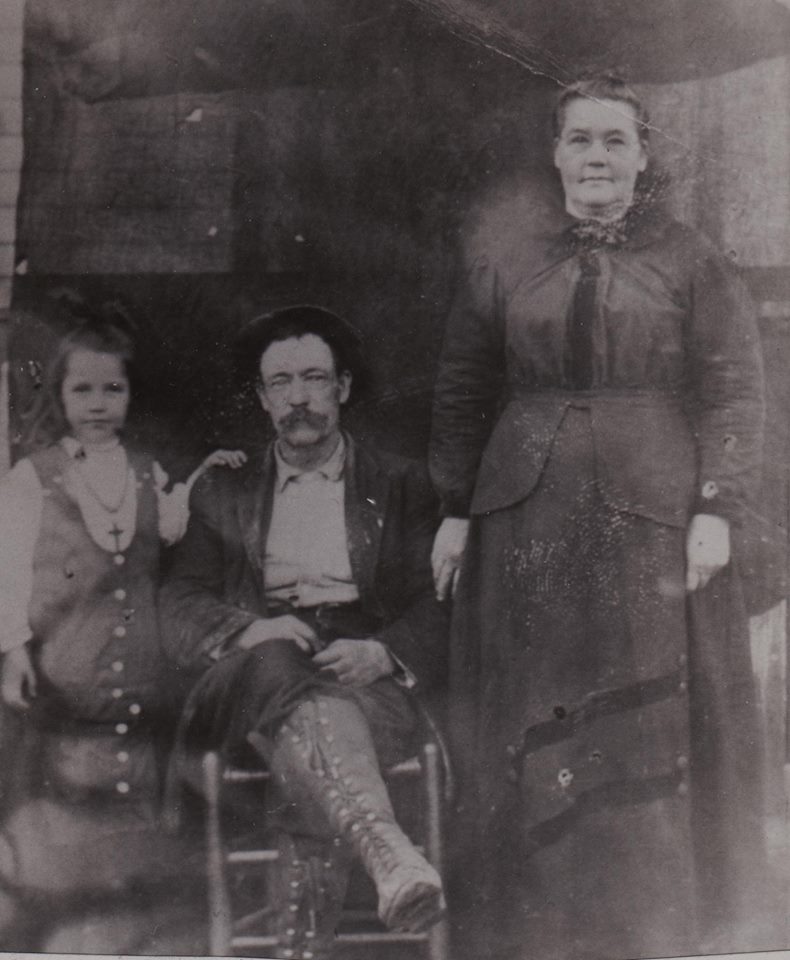
Our story continues with Roy Duff Henderson, their sixth child and third son.
Roy was born on November 20, 1900. He married Allie Mae Coe and they had eight children together. At first the couple lived in his father’s house, but according to family lore Roy decided to build a house of his own because his sisters and his wife didn’t get along. In any event, he built a house on the other side of the Holston River from his parents’ home, in Poor Valley, near Saltville. To reach Roy and Allie Mae’s house one had to either ford the Holston River or cross it on a swinging footbridge.
Roy, my grandfather, lost his hearing while working in a plaster mine. By the time my mother was born, he was completely deaf. He never heard her voice. Because he was deaf, he was fired from the mine. After that he farmed, growing a small crop of tobacco. He had also been a preacher before losing his hearing. Roy died July 22, 1988, at age 87, in Tacoma Park, Maryland, at the home of one of his children. He is buried in Saltville.
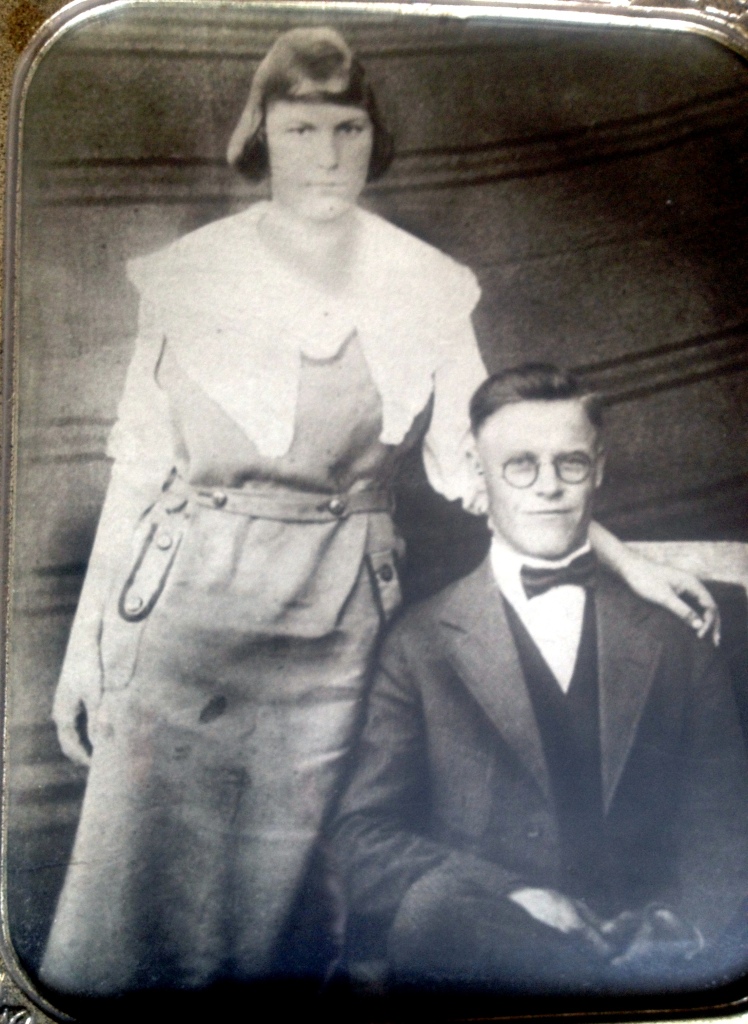
Our story continues with Daisy Irene Henderson, youngest child of Roy and Allie Mae. Daisy was born on August 9, 1942. After one of her sisters took a job working at Dan River Mills in Danville, Virginia, Daisy came to Danville to help look after the children while her sister was at work. William Cooper “B.B.” Guerrant met Irene (as she was then called) at a movie theater in Danville, while he was home for the summer from his job in Florida.
The next summer, when Irene was back home in Washington County, she was walking down the road to her cousin’s house, when B.B. suddenly drove up in his red and white Ford convertible. Irene says when she saw him she thought it was a dream—she had no idea how he found out where she lived. B.B. and Irene then ran off to South Carolina (with her father’s permission) and got married. Irene says they spent hours in a hotel room doctoring her birth certificate to make it appear that she was old enough to get married.
After the marriage, B.B. and Irene lived in Belle Glade, Florida, where he worked for his uncle in a vegetable packing house. The marriage failed, but not before it produced three children, one of them being the author of this post.
